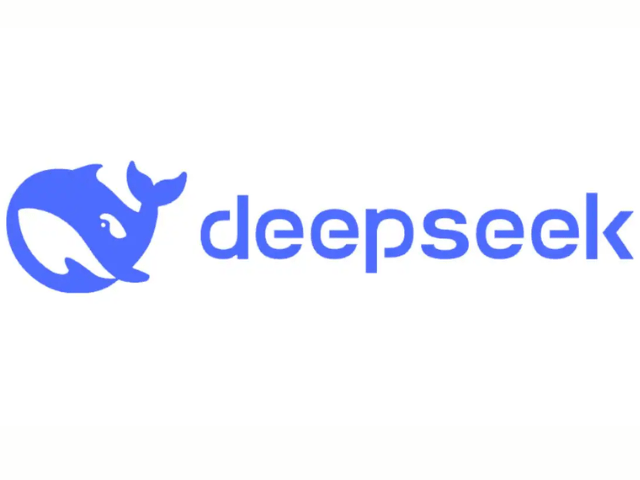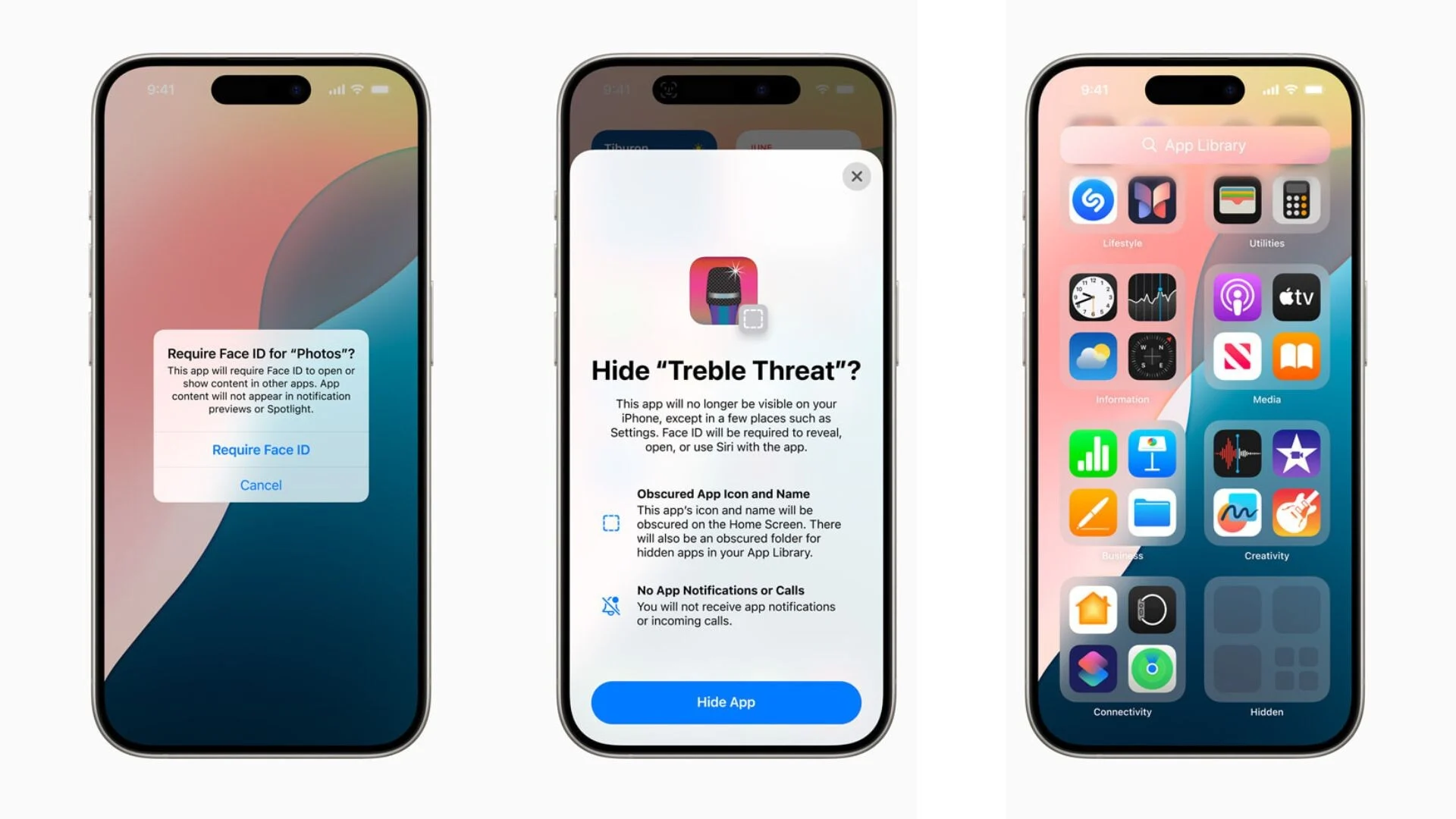In a major turn of events within the global artificial intelligence (AI) market, DeepSeek, a Chinese AI startup, has taken the top spot on the US Apple App Store. The startup’s AI Assistant surpassed the popularity of OpenAI’s ChatGPT on January 10, quickly gaining traction among American users. Powered by the cutting-edge DeepSeek-V3 model, DeepSeek’s AI assistant is receiving attention for its performance and features that rival even the most advanced AI systems on the global stage.
This breakthrough marks a significant achievement for DeepSeek, founded by billionaire hedge fund manager Liang Wenfeng, a man known for his unorthodox approach to AI innovation. His company’s success in overtaking established names like ChatGPT is leading to widespread discussions about the shifting dynamics in the AI industry.
DeepSeek’s Breakthrough: The Rise of a New AI Powerhouse
DeepSeek-V3: A Top-Performing AI Model
At the heart of this success lies the DeepSeek-V3 model, which is quickly gaining a reputation for outperforming some of the most popular open-source AI models and challenging the dominance of proprietary systems developed by global tech giants like Google DeepMind and OpenAI. The model’s capabilities have made it a favorite among users in the United States, allowing DeepSeek to dethrone ChatGPT as the top-rated free AI application on the Apple App Store.
The DeepSeek-V3 model was developed with a focus on being both advanced and cost-effective, making it highly appealing to consumers and businesses alike. The app’s success has been aided by its open-source nature, offering transparency that is rare in today’s closed-source, proprietary AI systems.
Liang Wenfeng’s Vision: Disrupting the AI Industry
A Modest Budget, Yet Powerful Results
What makes DeepSeek’s journey even more remarkable is its modest financial backing. Despite a budget of only $5.6 million, the company has been able to build an AI system that is competitive with much more heavily funded companies. This budget constraint required ingenuity in the way the company used resources, demonstrating that deep AI innovation doesn’t necessarily require large financial reserves. Instead, it relies on creative engineering and a strategic focus on computational efficiency.
DeepSeek’s R1 model, which powers the AI assistant, boasts an impressive 671 billion parameters. The model was developed using just 2,048 Nvidia H800 GPUs, further showcasing the company’s remarkable ability to make the most of its available resources. This efficient use of GPUs is a testament to DeepSeek’s engineering prowess and ability to unlock the potential of older hardware, especially in the wake of US export bans on the latest Nvidia chips.
Resourceful Innovation in a Competitive Market
Liang’s journey from hedge fund manager to AI innovator has not gone unnoticed. His unique path, combined with his team’s exceptional capabilities in maximizing computing efficiency, has helped DeepSeek carve a niche in the competitive AI industry. Many industry experts are now viewing DeepSeek as a disruptor, with some even likening it to the early days of Google’s DeepMind.
Despite being a purely Chinese enterprise, DeepSeek’s position as a leader in AI has sparked debates in the tech world. The company’s ability to produce state-of-the-art AI solutions on a limited budget is pushing both US tech giants and other Chinese firms to reconsider their strategies in AI development.
The AI Race: DeepSeek vs. US Giants
The Growing Competition in AI
DeepSeek’s rise is part of the broader competition between China and the US in the field of artificial intelligence. US companies, such as OpenAI and Google DeepMind, have long been the leaders in developing sophisticated AI systems, but their proprietary methods and limited transparency have left gaps for competitors like DeepSeek to exploit.
Despite their dominance, US firms are not immune to the growing challenge posed by Chinese companies. DeepSeek’s open-source approach and its ability to unlock value from older hardware stand in stark contrast to the closed-source systems used by companies like Google and OpenAI. This open approach not only democratizes access to AI technologies but also offers a more cost-effective solution, attracting users from all over the world.
Liang Wenfeng has positioned DeepSeek as a symbol of innovation and national pride in China. The company’s refusal to hire overseas talent further emphasizes its dedication to local expertise, with a team composed primarily of PhDs from prestigious Chinese universities like Peking University and Tsinghua University.
The Path Ahead: Can DeepSeek Maintain Its Edge?
Challenges and Opportunities in a Resource-Rich Market
While DeepSeek’s achievements are impressive, the company faces significant challenges in maintaining its competitive edge. US rivals are investing billions of dollars into their AI infrastructure, and companies like OpenAI are partnering with major players like SoftBank to bolster their own AI capabilities. These massive investments raise questions about whether a relatively modestly funded company like DeepSeek can continue to compete at the highest level.
Despite these challenges, DeepSeek’s commitment to research over commercial gain has positioned it as a player to watch in the coming years. With its resourceful engineering and focus on producing powerful AI systems without over-relying on expensive hardware, DeepSeek may continue to carve a path that even well-funded companies cannot follow.
Moreover, the growing interest in DeepSeek’s models suggests that the company has the potential to secure a long-term foothold in the global AI industry, making it a formidable player in the competitive landscape.
FAQs about DeepSeek and Its AI Assistant
1. What is DeepSeek’s AI Assistant?
DeepSeek’s AI Assistant is an artificial intelligence application powered by the DeepSeek-V3 model. It recently overtook ChatGPT on the US Apple App Store, gaining attention for its advanced capabilities and open-source nature.
2. How is DeepSeek different from other AI companies?
Unlike major US-based companies, DeepSeek takes an open-source approach, offering more transparency in its AI development. The company is also known for maximizing the efficiency of older GPUs to build its advanced AI systems on a relatively small budget.
3. What is the R1 model from DeepSeek?
The R1 model is a state-of-the-art AI system with 671 billion parameters. Developed using just 2,048 Nvidia H800 GPUs, it represents DeepSeek’s innovative approach to AI development, balancing cutting-edge performance with resource efficiency.
4. How much funding did DeepSeek have?
DeepSeek was able to develop its powerful AI system on a budget of just $5.6 million, showcasing its ability to innovate and maximize the use of available resources.
5. How does DeepSeek’s rise impact the AI industry?
DeepSeek’s success challenges the dominance of US tech giants in the AI industry. Its open-source methods and ability to produce powerful AI systems with minimal resources are shaking up the market and drawing attention from both investors and competitors.



